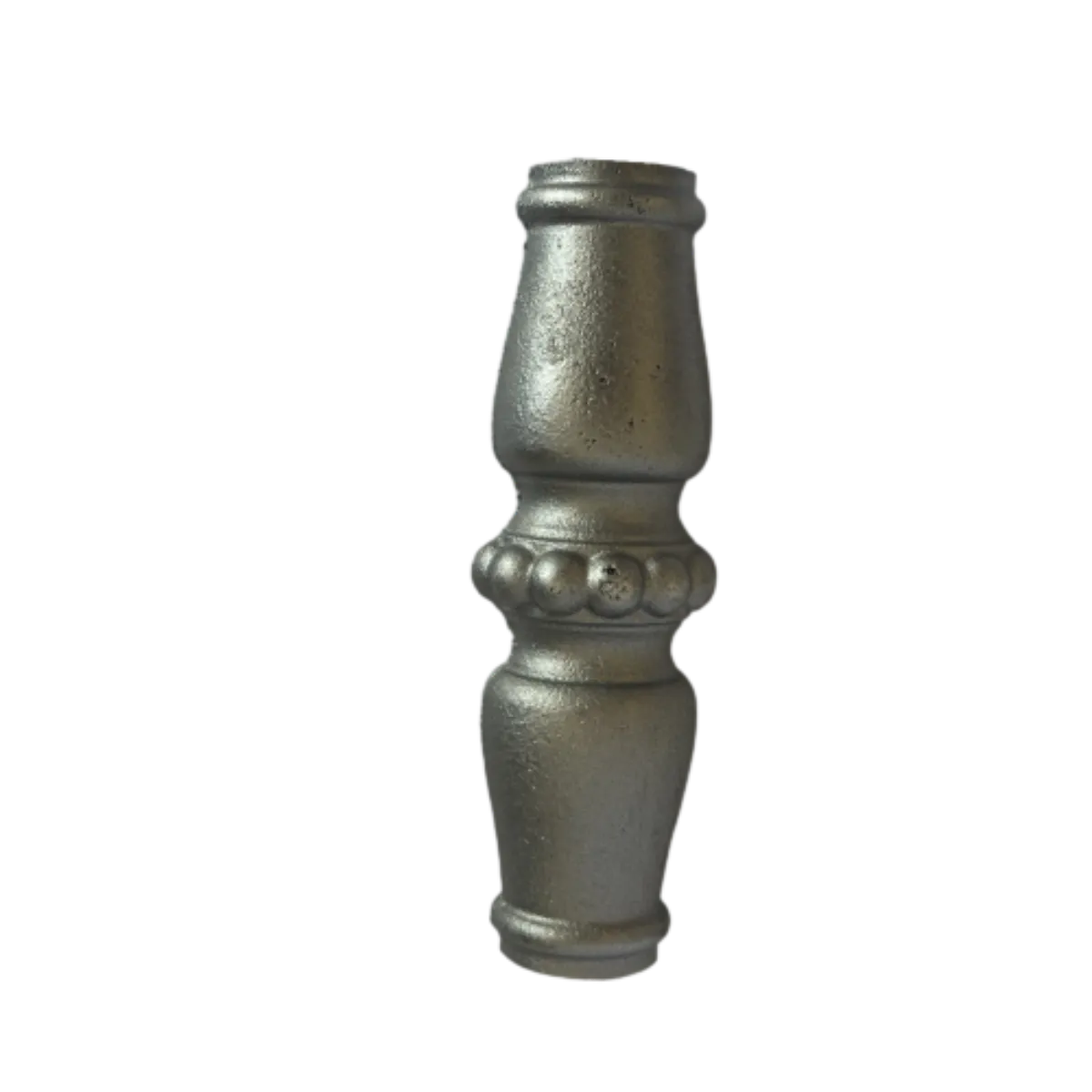Exploring the Benefits and Applications of Aluminium Window Extrusions in Modern Architecture
The Versatile Applications of Aluminium Window Extrusions
Aluminium window extrusions have gained significant popularity in modern architecture and construction due to their unique combination of strength, durability, and aesthetic appeal. This lightweight material is not only easy to fabricate but also offers excellent resistance against weather conditions, making it an ideal choice for window frames, sashes, and various other architectural elements. In this article, we will explore the benefits, applications, and manufacturing processes of aluminium window extrusions.
Benefits of Aluminium Window Extrusions
One of the primary advantages of aluminium window extrusions is their lightweight nature. This characteristic provides ease of handling and installation, allowing builders and contractors to save time and labor costs during construction. Furthermore, even though aluminium is lightweight, it is incredibly strong and can withstand considerable stress. This strength enables the production of larger window frames that can accommodate expansive glass installations, enhancing natural light and creating spacious environments.
Another significant advantage of aluminium is its excellent resistance to corrosion. Unlike wood, which can warp, swell, or rot over time, and traditional steel, which can rust, aluminium is inherently resistant to the elements when treated with a protective coating. This ensures longevity and minimal maintenance requirements, making aluminium window extrusions a practical choice for both residential and commercial applications.
Aluminium is also an environmentally friendly option. It is infinitely recyclable without degrading its properties. This sustainability aspect aligns well with the growing emphasis on eco-friendly building practices and materials. Building architects and developers increasingly seek sustainable options, making aluminium a relevant choice in modern construction.
Aesthetic Appeal
In addition to its functional benefits, aluminium window extrusions offer a sleek and modern aesthetic that complements various architectural styles. The material can be anodized or powder-coated in a multitude of colors, allowing for customization to match any design scheme. This versatility in appearance makes aluminium suitable for both contemporary and traditional designs, enabling architects to explore creative possibilities without compromising on performance.
aluminium window extrusions

Applications of Aluminium Window Extrusions
Aluminium window extrusions are utilized in a wide range of applications. In residential buildings, they are commonly used for window frames, casements, and sliding doors. The robustness of aluminium allows for larger panes of glass, promoting natural light and enhancing ventilation.
In commercial settings, aluminium window extrusions can be found in storefronts, curtain walls, and office buildings. Their durability and low maintenance requirements make them an ideal choice for high-traffic areas, where wear and tear can be more pronounced. Moreover, the ability to create large, uninterrupted glass walls facilitates a seamless transition between indoor and outdoor spaces, a popular trend in modern architecture.
The Manufacturing Process
The manufacturing of aluminium window extrusions begins with the heating of aluminium billets, which are then forced through a die under high pressure to create long profiles with desired shapes. This extrusion process allows for precise and uniform sections tailored to specific needs. Once extruded, the profiles undergo various finishing processes, including anodizing or powder coating, to enhance their appearance and corrosion resistance.
Final quality checks are conducted to ensure that the extrusions meet industry standards for strength, thermal performance, and design specifications. Once cleared, the profiles can be cut to size and fitted with gaskets, thermal breaks, and other components necessary for installation.
Conclusion
Aluminium window extrusions offer a myriad of benefits that make them an excellent choice for modern architectural projects. With their lightweight strength, corrosion resistance, low maintenance, and aesthetic flexibility, they cater to both functional and stylistic demands in the building industry. As sustainability becomes increasingly vital in construction practices, the recyclability of aluminium further ensures its lasting relevance in the future of design and architecture. Whether for residential or commercial use, aluminium window extrusions stand as a symbol of innovation, practicality, and beauty in contemporary architecture.
-
Wrought Iron Components: Timeless Elegance and Structural StrengthNewsJul.28,2025
-
Window Hardware Essentials: Rollers, Handles, and Locking SolutionsNewsJul.28,2025
-
Small Agricultural Processing Machines: Corn Threshers, Cassava Chippers, Grain Peelers & Chaff CuttersNewsJul.28,2025
-
Sliding Rollers: Smooth, Silent, and Built to LastNewsJul.28,2025
-
Cast Iron Stoves: Timeless Heating with Modern EfficiencyNewsJul.28,2025
-
Cast Iron Pipe and Fitting: Durable, Fire-Resistant Solutions for Plumbing and DrainageNewsJul.28,2025
-
 Wrought Iron Components: Timeless Elegance and Structural StrengthJul-28-2025Wrought Iron Components: Timeless Elegance and Structural Strength
Wrought Iron Components: Timeless Elegance and Structural StrengthJul-28-2025Wrought Iron Components: Timeless Elegance and Structural Strength -
 Window Hardware Essentials: Rollers, Handles, and Locking SolutionsJul-28-2025Window Hardware Essentials: Rollers, Handles, and Locking Solutions
Window Hardware Essentials: Rollers, Handles, and Locking SolutionsJul-28-2025Window Hardware Essentials: Rollers, Handles, and Locking Solutions -
 Small Agricultural Processing Machines: Corn Threshers, Cassava Chippers, Grain Peelers & Chaff CuttersJul-28-2025Small Agricultural Processing Machines: Corn Threshers, Cassava Chippers, Grain Peelers & Chaff Cutters
Small Agricultural Processing Machines: Corn Threshers, Cassava Chippers, Grain Peelers & Chaff CuttersJul-28-2025Small Agricultural Processing Machines: Corn Threshers, Cassava Chippers, Grain Peelers & Chaff Cutters












